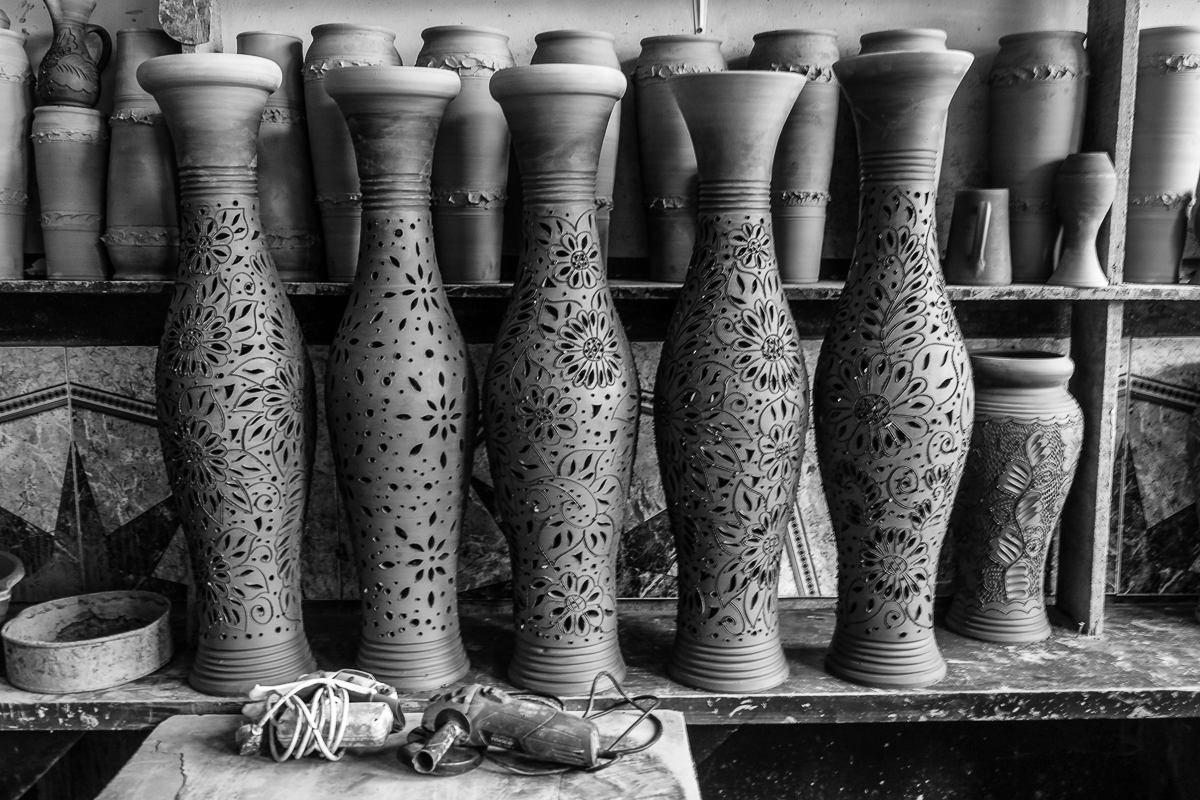
The pottery is an ancient occupation that has been practiced for centuries in Romania, especially if we consider the beautiful pottery items from the Neolithic age, the era in which a remarkable civilization developed in this region.
Pottery is a tiring job, requiring strength, skill, and special knowledge. Any mistake can result in the destruction of an item; that’s why pottery used to be a craft reserved exclusively for men, and women were only allowed to help with the decorations.
Marginea black ceramics
The Marginea ceramics is a specific ceramic type for the Marginea village in Suceava County. It’s characterized by the black color acquired by the objects after burning – the result of the use of prehistoric technology, and by ornaments – the result of the use of specific techniques or the preservation of some traditional forms. It’s one of the old crafts that were still preserved to this day in Romania and it offers tourist traveling to Romania the opportunity to acquire truly unique souvenirs to bring back home. It’s also an opportunity to witness the art of making such interesting ceramic items using techniques passed down from generation to generation.
The history of the Marginea ceramics
It is assumed that at Marginea, the art of pottery started more than 300 years ago. This beautiful craft is transmitted from father to son, it’s learned from an early age (7 -8 years) and apprenticeship lasts about 4 years.
Usually, boys are the ones who practice the job. The technological process lasts 3 weeks, from the moment of wheel modeling, decorating, drying and then burning of the items in the oven.
It should be noted that the black ceramics made in Marginea is unique in Europe. Another black ceramics center is found in South America, in Mexico.
The ceramics from Marginea appears as a result of using a production technology belonging to the Horodistea – Floresti culture (the most flourishing period of the Geto-Dacian black ceramics period).
In the 12th-15th centuries, pottery activity grew strongly in northern Moldova region and especially in Suceava because the potters used to make many dishes and other ceramic items for the monks from the monasteries scattered around the area.
Prior to the establishment of the communist regime in Romania, there were about 60 pottery workshops in Marginea. Then, during the communist years, the possession of a potter’s wheel was punished by law, and for this reason, many pottery masters gave up their inherited trade. Later, however, the communists were the same ones who tried to relaunch this activity through artisan cooperatives.
How the Marginea ceramics is made
The technology by which the pots are obtained is that of burning and polishing using flint. The clay from which the pots are made is brought by the potters from the edge of the village and burnt in the ovens for about 9 hours so that the black smoke enters the pots and thus gives them the typical black color. If in ancient times these pots were baked in 1.5-meter-deep pits dug into the ground, today they are burned in clay-filled ovens.
There are 4 natural elements that contribute to the making of black ceramics: earth, water, air, and fire. The main manufactured items are cooking pots, plates, mugs, bowls, and decorative flower vases.
Men gather clay out of special places, bring it to the workshop, and knead it with their hands, feet, or with a large wooden hammer, stirring it with water. The paste thus obtained is cleaned of impurities, cut into thin slices and then worked on the wheel.
The wheel is made up of two discs, one smaller on top and one larger at the bottom, these being joined by a vertical shaft. On top of the disk are the clay balls put, and the lower disk is moved by the potter, using a fast circular motion. Thus, the wheel rotates to form circular shapes with a regular contour.
One of the few families that still preserve this craft in Marginea is also familiar with the legend of how the black ceramics was first made. At first, clay pots were red, like the Romans used to make them. It is said that by a happy accident after a potter placed the dishes in the oven and started burning them, the oven broke down. Before, the ovens were built in the ground, not on the surface, as now. The potter was at first angry because the damage was significant. He waited for the oven to cool down, and when he took out the dishes he noticed that they were black. That made him happy, thinking that he was able to make even more beautiful pots. The potter was Dacian. That’s why black ceramics are said to be inherited from Dacians, and the red one from the Romans.
Specific shapes and decorations
The shapes of the ceramics are also old – mainly large pots, bowls, pitchers, plates and decorative items. The objects rubbed with flint get a grayish-metallic gloss. Through the specific movements made with the flint, forms can be obtained on the surface of the processed object, such as broken lines, spirals, stylized drawings, etc.
Women have an important role in the fabrication of pottery: after the pots are molded on the wheel, they carve and decorate the clay objects.
If you want to see for yourself how the black ceramics is made at Marginea, you can make a visit there during our Grand Tour of Romania. Furthermore, you can also opt for various private tours in Romania, depending on your preferences. All you have to do is contact us to help you plan your trip to Romania.


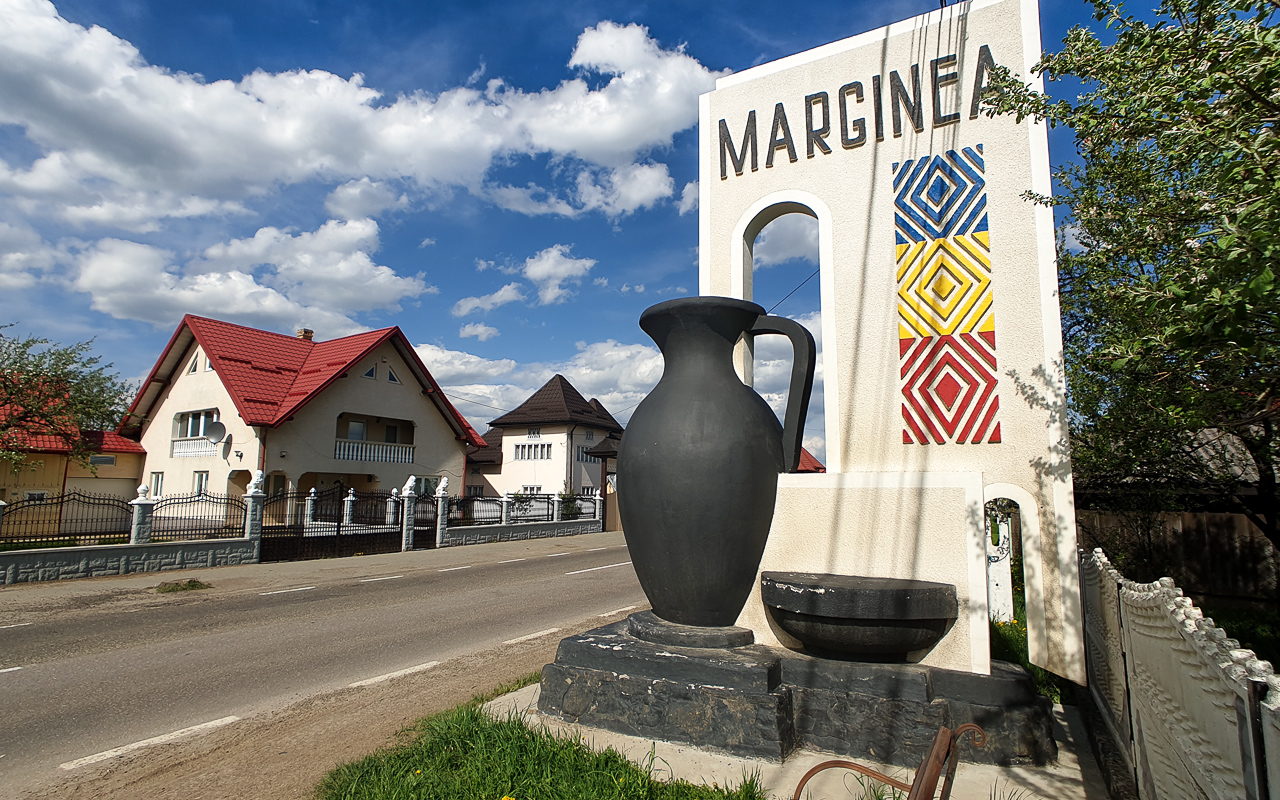
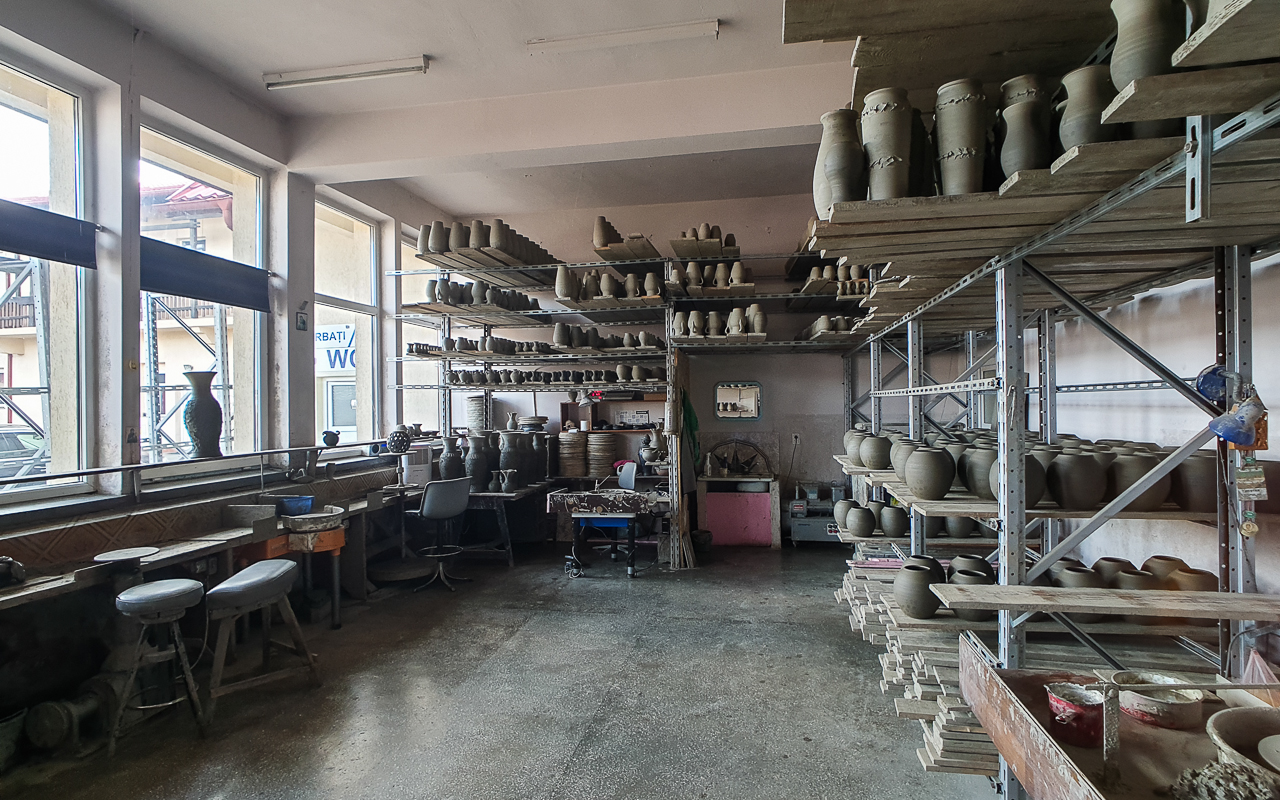
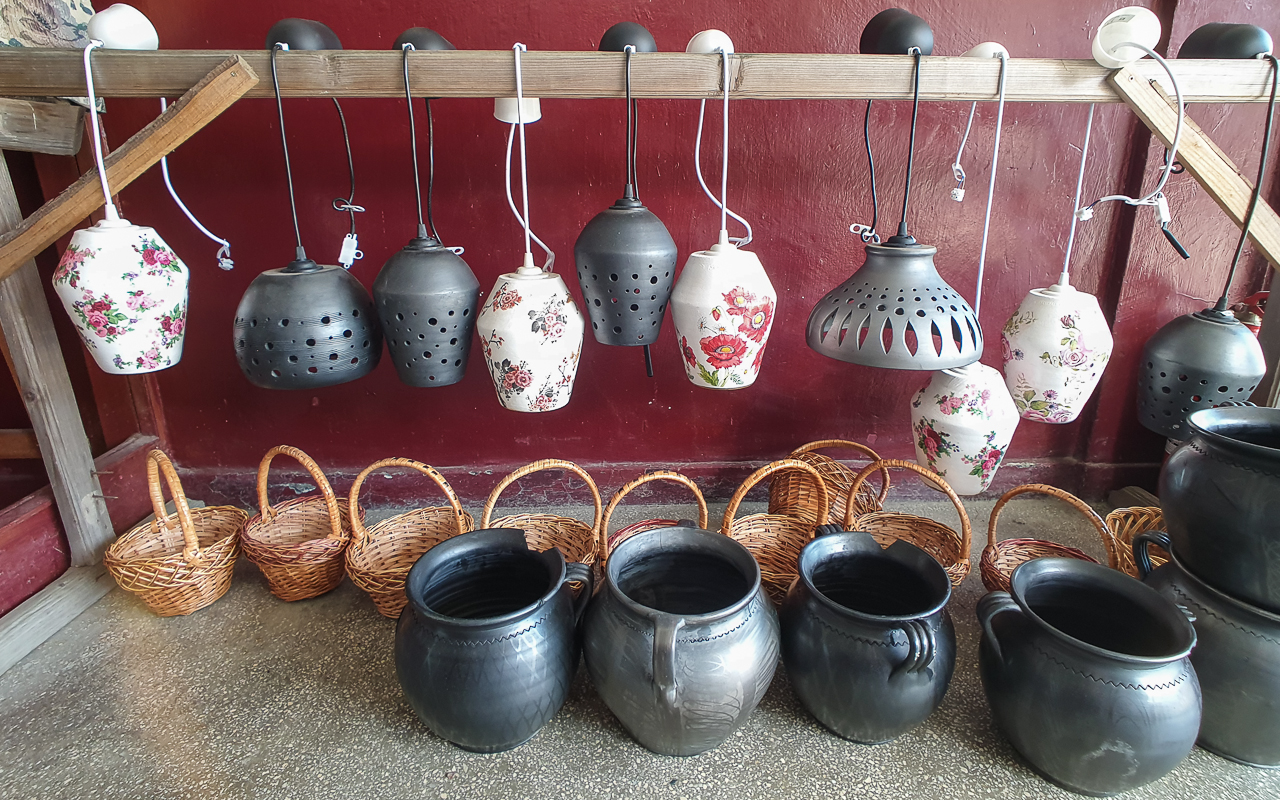
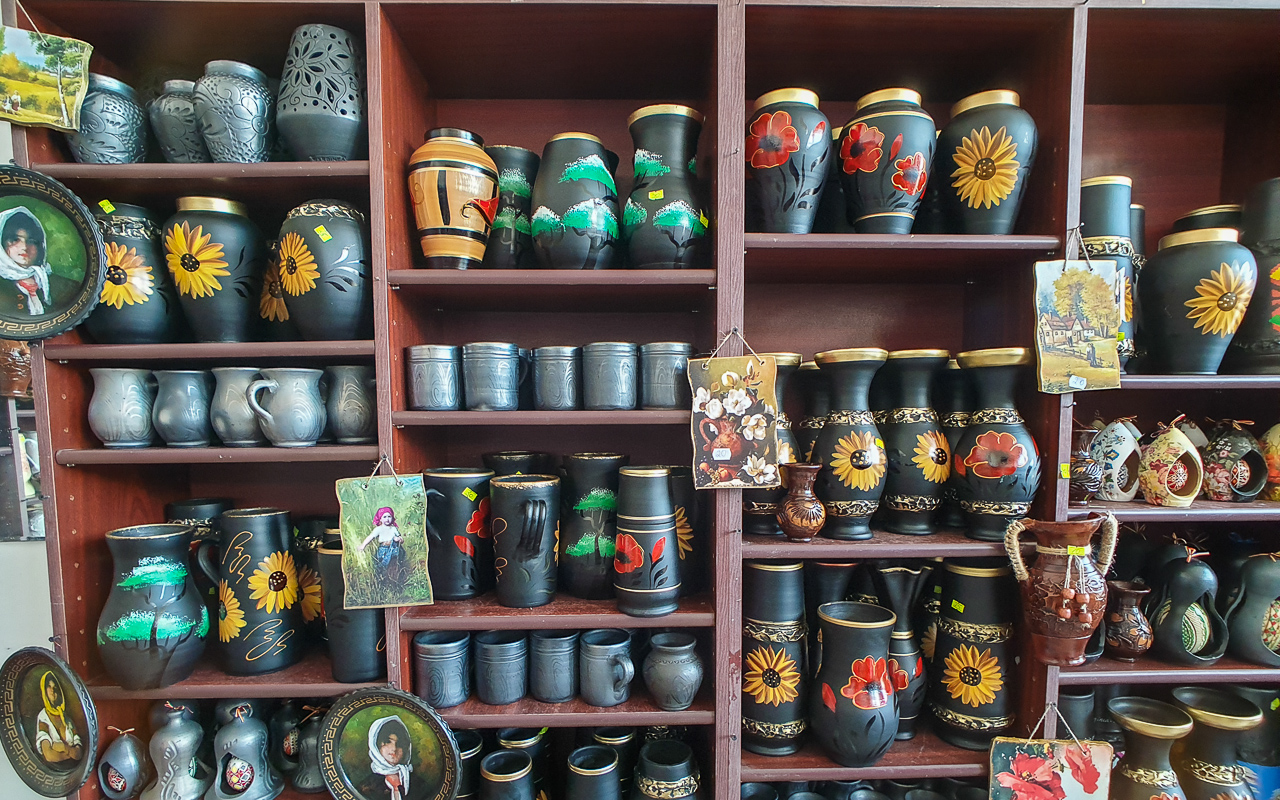


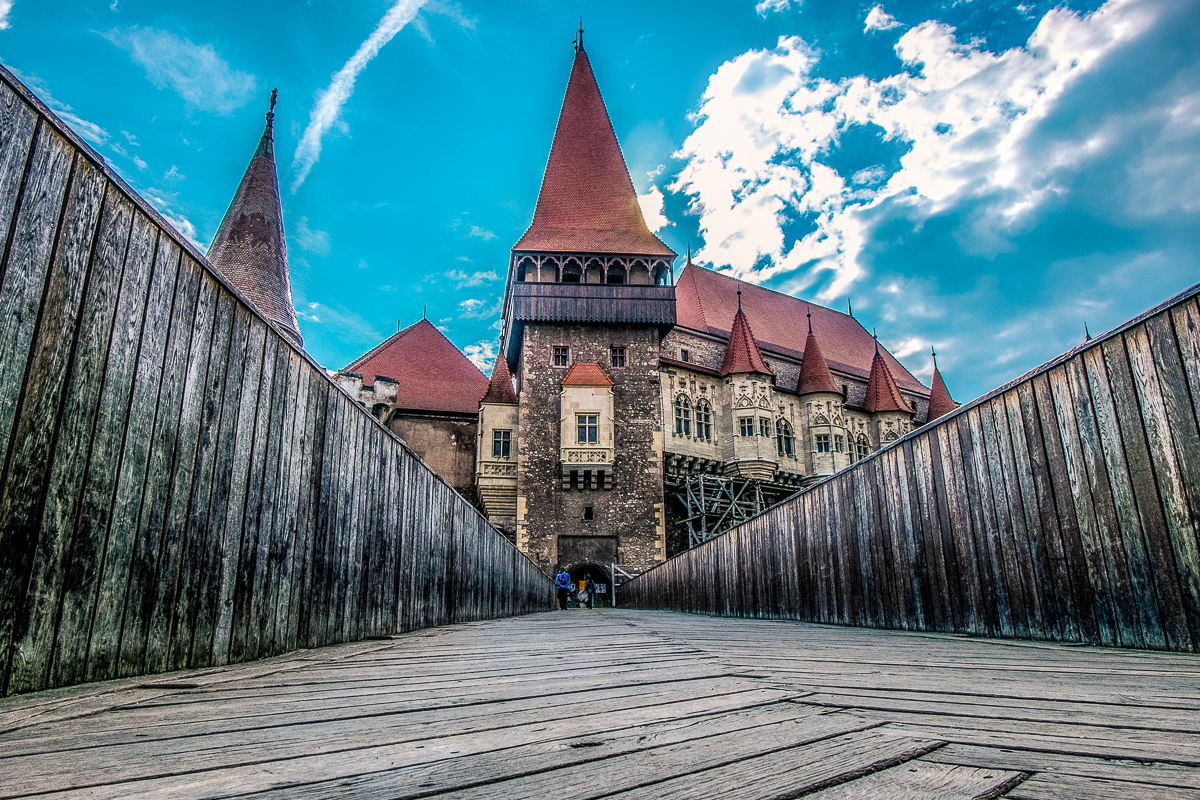


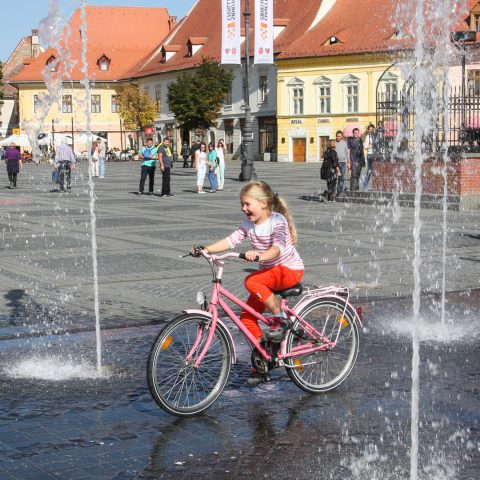











Comment On Marginea’s black ceramics – the unique heritage from Dacian times
[…] Potter In The Village Of Marginea […]